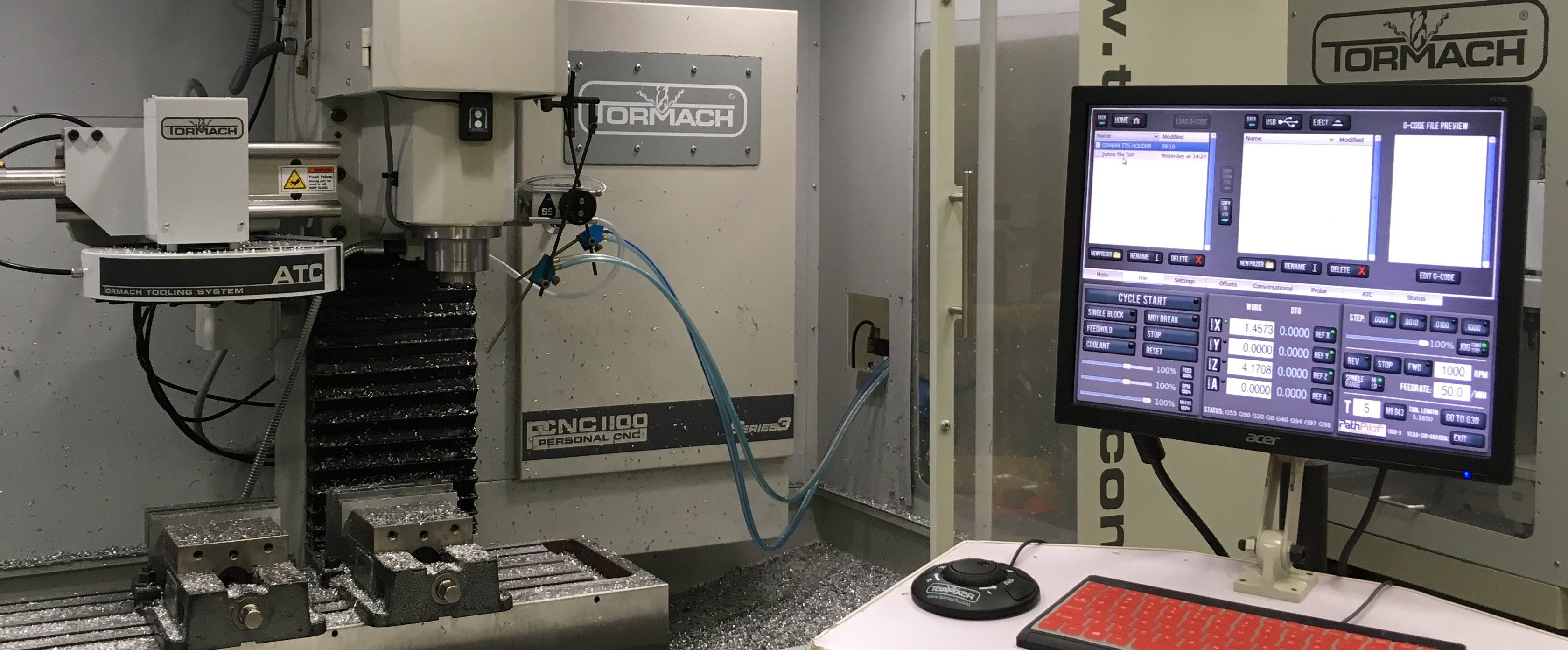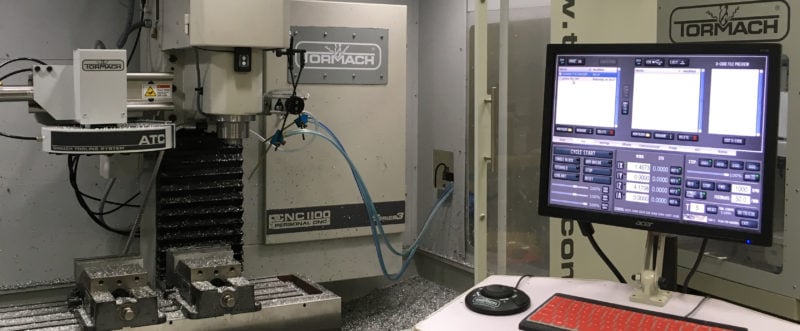Technical education teachers working with CNC technology can generally agree the purpose of their lessons is to help the next generation grasp technical concepts and to help them prepare for future experiences by relaying information. That being said, it’s easy to focus on one way of doing things without putting it in context of the CNC industry.
Are you in the UK? Find out more about the machines on offer!
For instance, when students are learning G code, do you explain how this type of code varies between manufacturers or do you focus on what they need to know for a certain CNC project? When students are learning to interact with CAD software, are you teaching them a series of buttons to press to make a model or what these buttons actually do? Being diligent about creating lessons plans and teaching CNC concepts applicable five or ten years from now can be difficult  Select Simple CNC Software When I was teaching students how to use complex CNC software, I had to follow a step by step list and often didn’t have time to answer ‘why’ questions, such as ‘why do I need to unclick that?’ and ‘why can’t I do this?’ because we didn’t have time to get into all the intricacies of the software. The concern of selecting a more entry-level CNC software is students are less likely to have the advantage of using the same program later in their career because it’s not as powerful. But, with the diversity and ever-changing schematics of CNC software, that potential is already limited. By selecting a more user-friendly platform, students weren’t intimidated by an overly complex interface and we could focus more on what buttons and fields represented than which boxes to click.
Select Simple CNC Software When I was teaching students how to use complex CNC software, I had to follow a step by step list and often didn’t have time to answer ‘why’ questions, such as ‘why do I need to unclick that?’ and ‘why can’t I do this?’ because we didn’t have time to get into all the intricacies of the software. The concern of selecting a more entry-level CNC software is students are less likely to have the advantage of using the same program later in their career because it’s not as powerful. But, with the diversity and ever-changing schematics of CNC software, that potential is already limited. By selecting a more user-friendly platform, students weren’t intimidated by an overly complex interface and we could focus more on what buttons and fields represented than which boxes to click.
Share the Manual I threw the textbook out the (figurative) window and shared the manual with students instead. If they had questions about different CNC software fields, the information was right there and ready to be found. This saved the precious class time we had for more concept-focused discussions and hands-on CNC machine time. Another advantage to using software manuals is they stayed current to the software they were using. Like many departments, mine was budget-constrained and buying new textbooks was not an option – even if there was still a section on how to slice your punch tape. Manuals are easy to access since they come with every subscription.
Do you have other methods that have helped you teach CNC software? We’d love to hear what you have to say.


